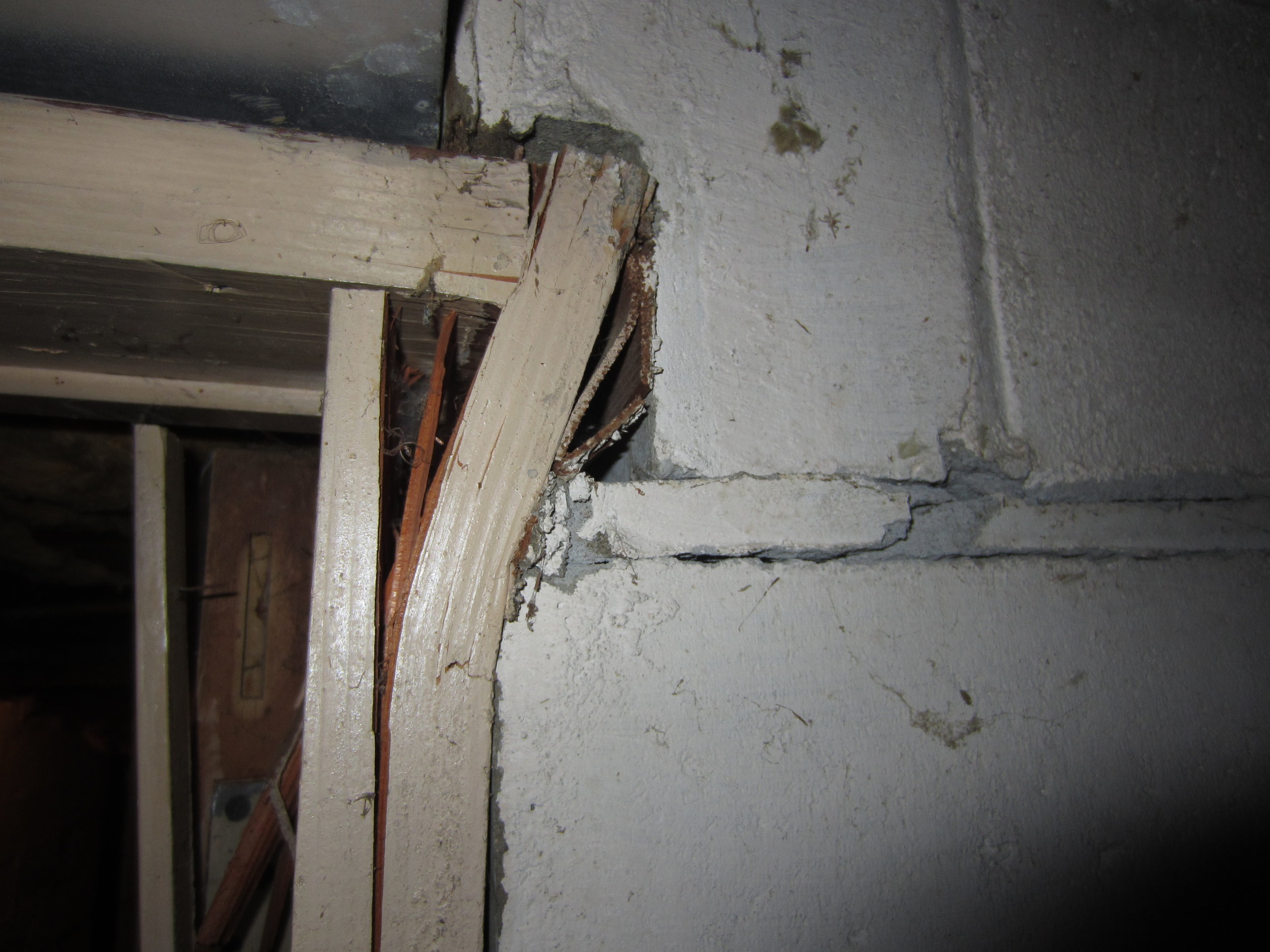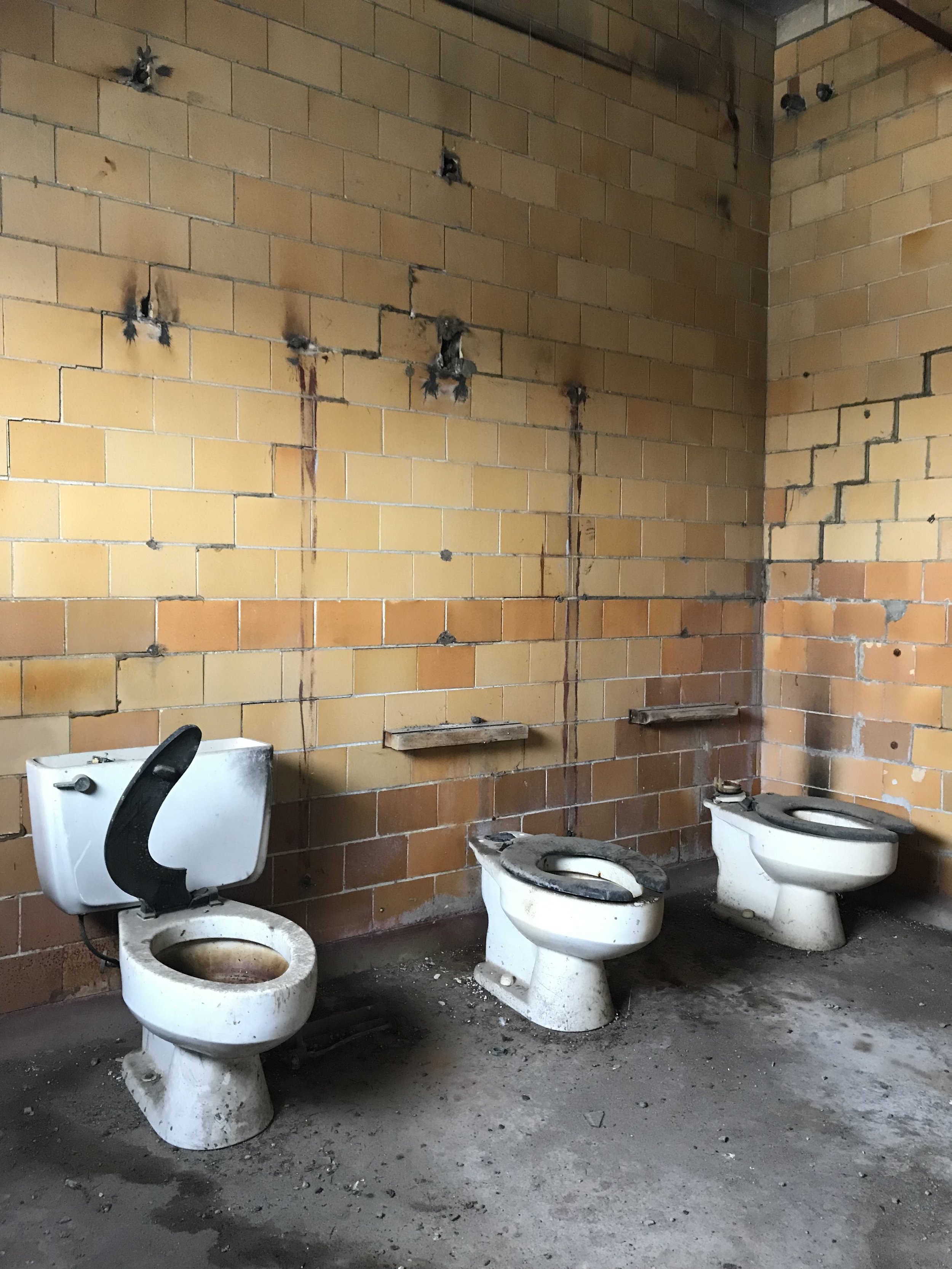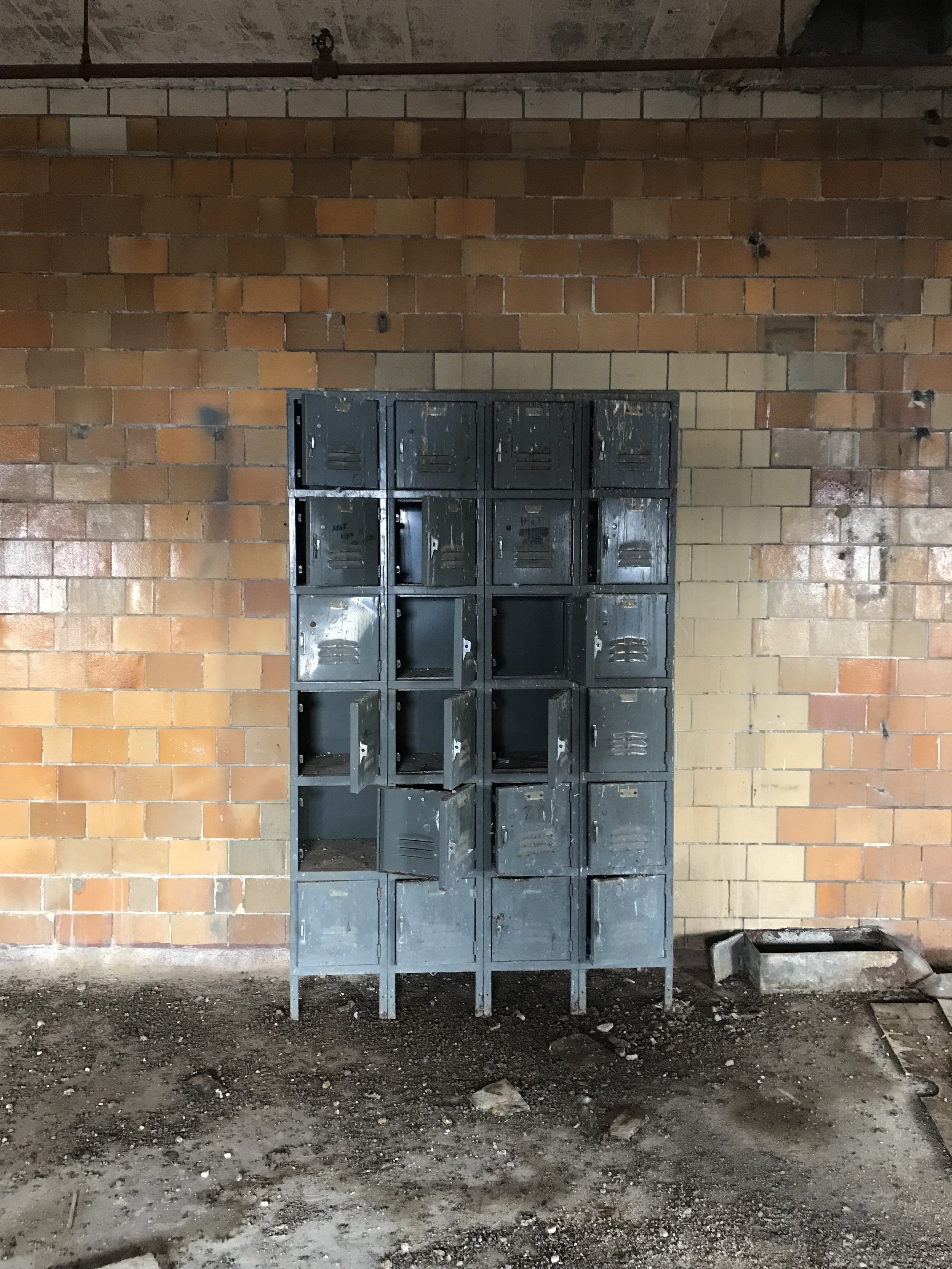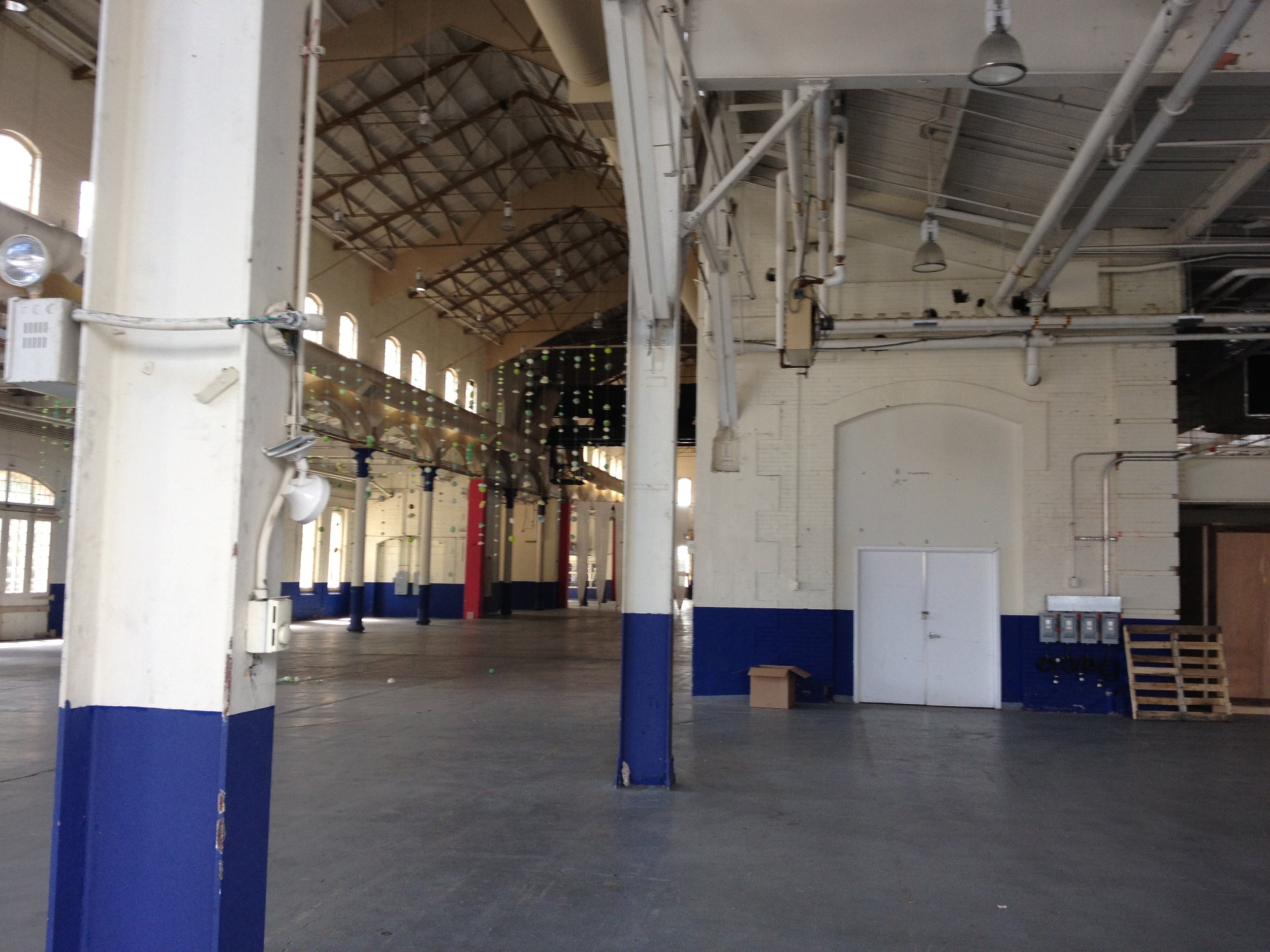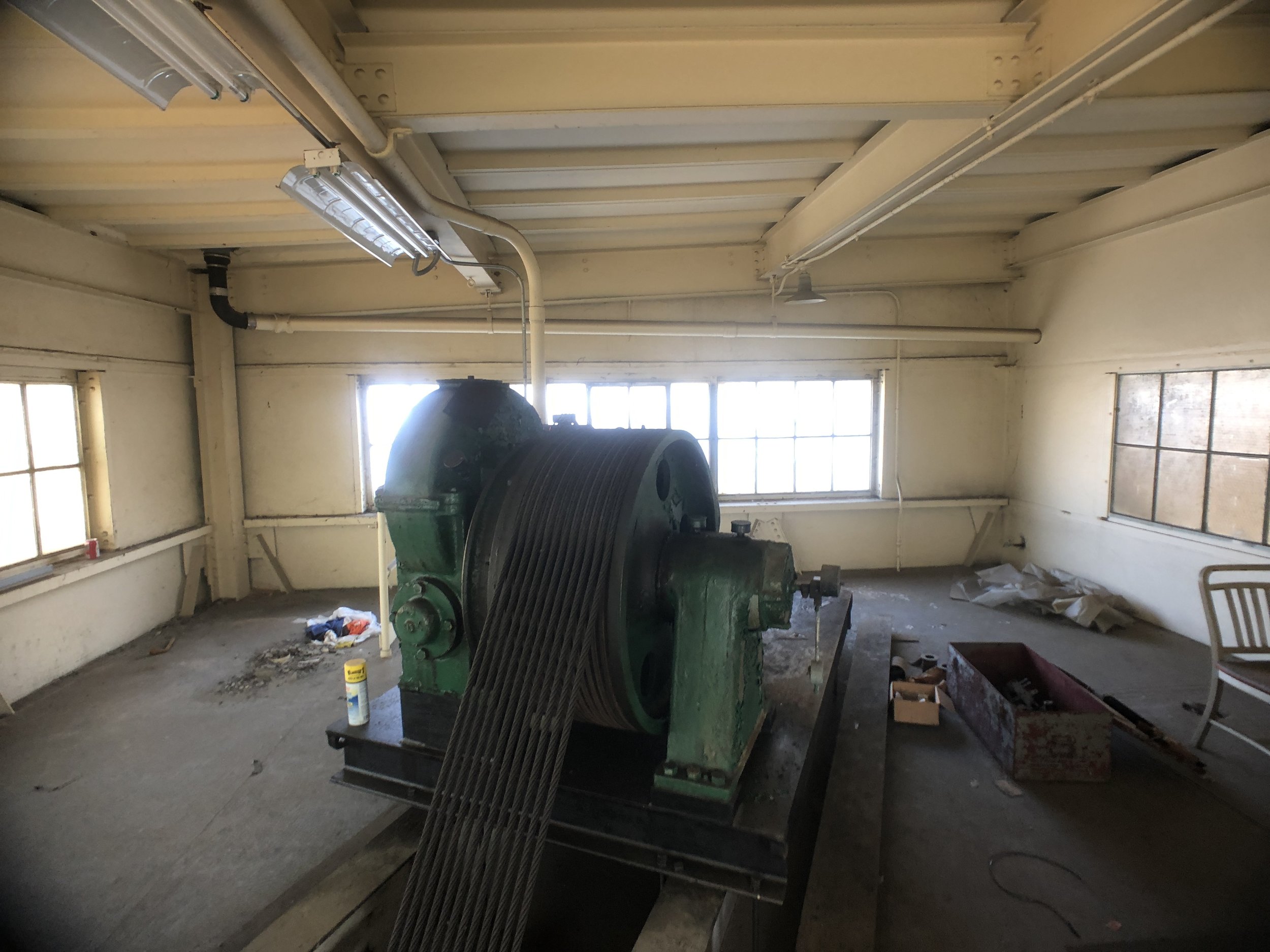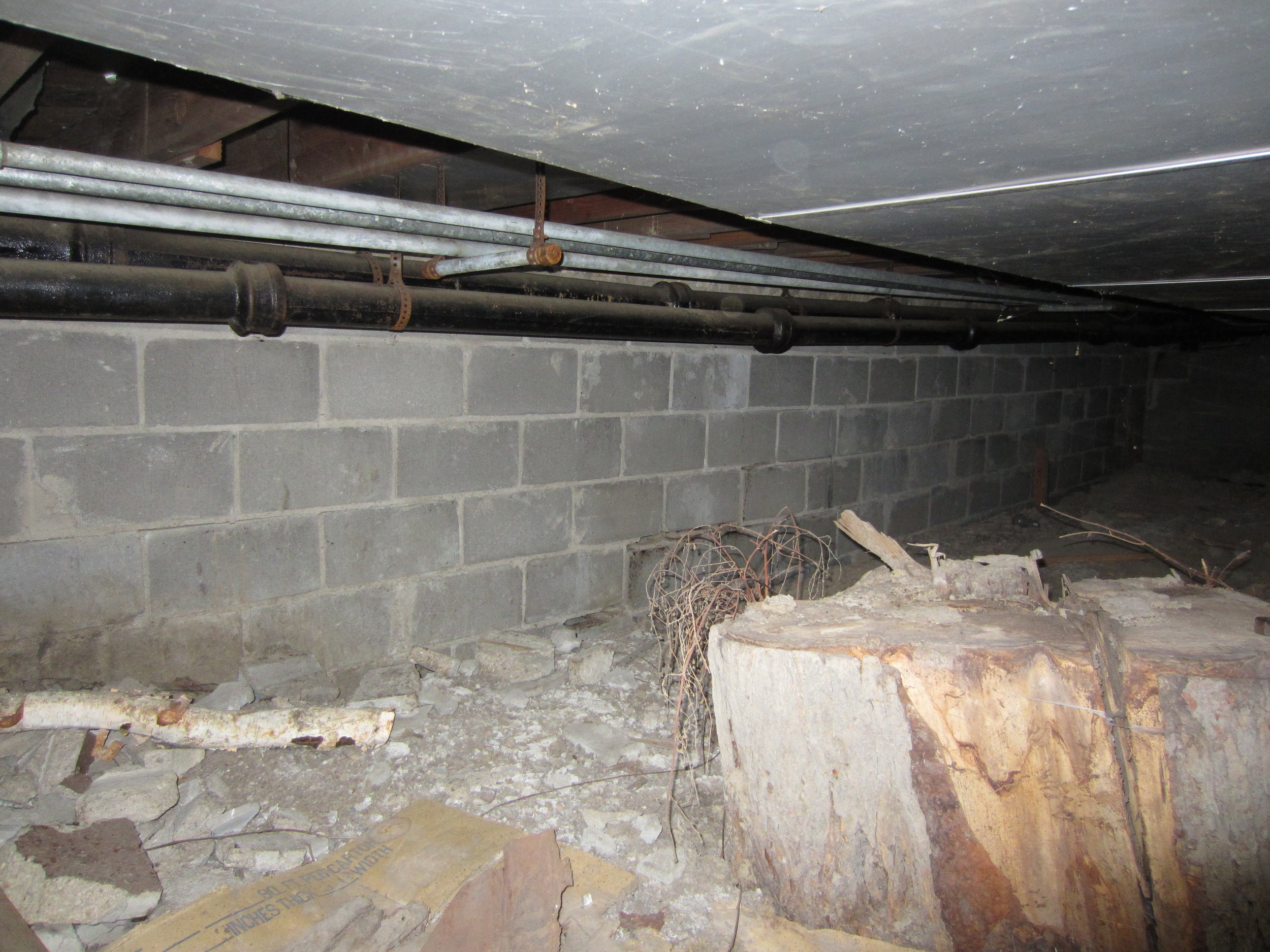Archeologists go on digs and recover artifacts, as they study patterns of human behavior. Studying the archeology of a building is how you might describe the process of an “architectural survey.” Over the last eight years the team at NewStudio Architecture has completed over 300 architectural surveys. I think our clients would agree that surveying is something NewStudio is very good at doing.
Sometimes, a survey is a simple, straightforward process. This is especially the case for newer buildings with good, existing documentation. In this situation, we’re usually verifying “actual conditions” for an owner, contractor, and/or future tenant. We do this by carefully measuring and photographing a building (or space inside a larger building) and documenting the building structure, HVAC and electrical equipment, and millwork. This information which might be conveyed by drawings and/or 3D electronic models, is very useful to a building owner, landlord, contractor, tenant, bank, or insurance company.
For older, or historic buildings, or buildings with an extensive history of remodels and additions, the process is one of discovery, especially if architectural plans for the project don’t already exist. In addition to our on-site “detective work,” we may be visiting local historical collections, libraries, or corporate archives to uncover and reveal the “story” of a building, the way in which it was constructed, how it was taken care of, and how the building evolved and adapted to changes in use and occupancy.
In addition, for clients thinking of renovating an existing space, or adding on, we gather information from the local zoning and building departments, to provide a full picture of the regulatory process that exists for a property, before an owner even starts a project. This is the kind of “roadmap” you want in place for a successful project.
At the end of the day, we utilize many resources to paint a clear, and as accurate as possible, portrait of an existing space or building for our clients to use in pre-purchase/lease negotiations, as well as a baseline of information for design and construction projects to minimize conflicts and speed up the construction process; or in compliance and legal proceedings.
And, if you’re wondering… no space is too large or too small to be surveyed… from a basement to a boathouse to a warehouse.
Recently I did a Q&A with one of NewStudio’s experts in surveying, Dave Dammar, to learn about his experience in this craft. He had just returned from surveying an over 81,000 square foot building on a historic US Navy Yard.
Q: How many surveys have you done? How many cities have you traveled to?
A: I would say I’ve done about 28 surveys in 18 different cities with NewStudio.
Q: What tools do you use the most on a survey?
A: Camera, iPad Pro with Apple Pencil, laser, and tape. And, sometimes a drone.
Q: How long do surveys usually take?
A: Depending on size, most are done in 1 working day, some do take more.
Q: First step (or steps) to any survey you go on?
A: Find out if the space is currently being used (e.g., as a retail space that has store hours), and if there’s a schedule I’ll have to work around. Then I can coordinate the dates, times, and locations with all involved with the survey. Many of our surveys are out of the state of Minnesota… so next up is finding flights, ground transportation, hotel, etc.
Q: What do you do before you leave the office to get prepared/organized/ready?
A: To prepare for a survey, I study any existing documentation we have available and locate the space in Google Maps and Google Street View. And, I always make sure I have batteries charged for all the equipment that’s coming along!
Q: What about when you arrive in the city or location you are headed to? How do you get started? What’s usually the very first thing you like to do?
A: Find my transportation, map directions to the site, and grab something to eat on the way. Also, of course, I contact whoever I might be meeting at the space to let them know my ETA.
Q: Talk about the process and the steps you go through.
A: I begin by walking through the entire space, usually with the building manager, asking questions about access to all related spaces like gas and electric, and the roof. I’ll need access to everything so that I’ll be able to document everything fully. I also gather more general information about the space, and for example, any landlord or property requirements that might exist.
The walk-through is followed by a photo walk-through where I document the overall space in pictures. And, following the photo documentation, I study any existing drawings and compare, and update them, to show changes and current conditions.
Once I have a complete plan, I usually start at the front of the space and work my way to the back, writing in all dimensions as I go, including heights and ceiling elements. I’ll take pictures of unusual or detailed elements. I always end with one more walk-through to make certain nothing has been missed.
Q: What do you enjoy about surveys?
A: The history of the buildings, seeing behind the scenes and the places that people don’t go, and finding out why something is the way it is. It’s great learning the story of the space. I also like traveling to new and different places—places I wouldn’t normally visit. And, travel always makes me appreciate coming home.
Q: What’s the worst part of a survey?
A: Dust and spider webs, dead animals, hornet’s nests, tall bouncy ladders, roof access hatches, and—sometimes it can get pretty hot, as many spaces we survey aren’t air conditioned.
Q: What’s the weirdest thing you’ve found on a site?
A: Again, it’s usually the animals, dirt, dust, and spider webs. Once a toilet in the middle of a room, another time a sprinkler pipe running through the middle of a duct, and I’ve seen structural columns cut and notched for mechanical ducting, nothing too crazy…
Q: Talk about the size of this building you just returned from surveying. What was different/ unusual/ interesting about this survey?
A: That massive building has some history. I loved learning about the history of the space and why it is the way it is, looking at the old pictures and drawings, and recreating it virtually in a model. The space is HUGE—over 600 feet long, over 100 feet wide and tall, and there are multiple pits that are multiple stories deep, where they used to put driveshafts for ships standing up vertical to work on them. Those pits have since been filled and covered over.
There’s also an electrical room that was demolished, which has a room below it that is inaccessible because it’s full of water! The original building was half its current length and built in 1917 without any flashing at any of the window penetrations. At least they did figure out to put flashing in when they built an addition in 1938, but it was a little too late, as there was already a lot of rust jacking going on. (Rust jacking is when rust causes metal to expand so much that it pushes on whatever it is next to, causing cracks and separation.) I could go on and on about this place, there is just so much there.
Read more about Dave and other members of our team.

